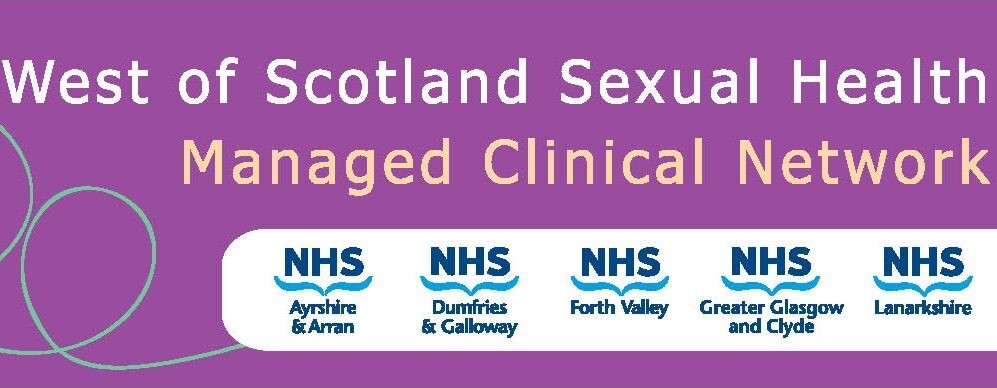Quick starting hormonal contraception without being reasonably sure pregnancy is excluded is outside the terms of the product license, however, the FSRH support QS contraception as outlined in their guidance.
The General Medical Council advises that, when prescribing a licensed medication for use outside the terms of the product licence: in emergencies or where there is no realistic alternative treatment and such information is likely to cause distress, it may not be practical or necessary to draw attention to the licence. In other cases, where prescribing unlicensed medicines is supported by authoritative clinical guidance, it may be sufficient to describe in general terms why the medicine is not licensed for the proposed use or patient population.
The Nursing and Midwifery Council advises that nurse or midwife independent prescribers may prescribe outside the product licence if they are satisfied that this better serves the patient/client’s needs, and there is a sufficient evidence base. The patient/client should understand the reasons why such medicines are not licensed for this proposed use, and this should be documented accordingly.
The NMC also states it is acceptable for medicines used outside the terms of the licence to be included in patient group directions (PGDs) when such use is justified by current best clinical practice and the direction clearly describes the status of the product.
